Archives
- 2025-10
- 2025-09
- 2025-03
- 2025-02
- 2025-01
- 2024-12
- 2024-11
- 2024-10
- 2024-09
- 2024-08
- 2024-07
- 2024-06
- 2024-05
- 2024-04
- 2024-03
- 2024-02
- 2024-01
- 2023-12
- 2023-11
- 2023-10
- 2023-09
- 2023-08
- 2023-07
- 2023-06
- 2023-05
- 2023-04
- 2023-03
- 2023-02
- 2023-01
- 2022-12
- 2022-11
- 2022-10
- 2022-09
- 2022-08
- 2022-07
- 2022-06
- 2022-05
- 2022-04
- 2022-03
- 2022-02
- 2022-01
- 2021-12
- 2021-11
- 2021-10
- 2021-09
- 2021-08
- 2021-07
- 2021-06
- 2021-05
- 2021-04
- 2021-03
- 2021-02
- 2021-01
- 2020-12
- 2020-11
- 2020-10
- 2020-09
- 2020-08
- 2020-07
- 2020-06
- 2020-05
- 2020-04
- 2020-03
- 2020-02
- 2020-01
- 2019-12
- 2019-11
- 2019-10
- 2019-09
- 2019-08
- 2019-07
- 2019-06
- 2018-07
-
In addition understanding the relationship between human
2023-08-25
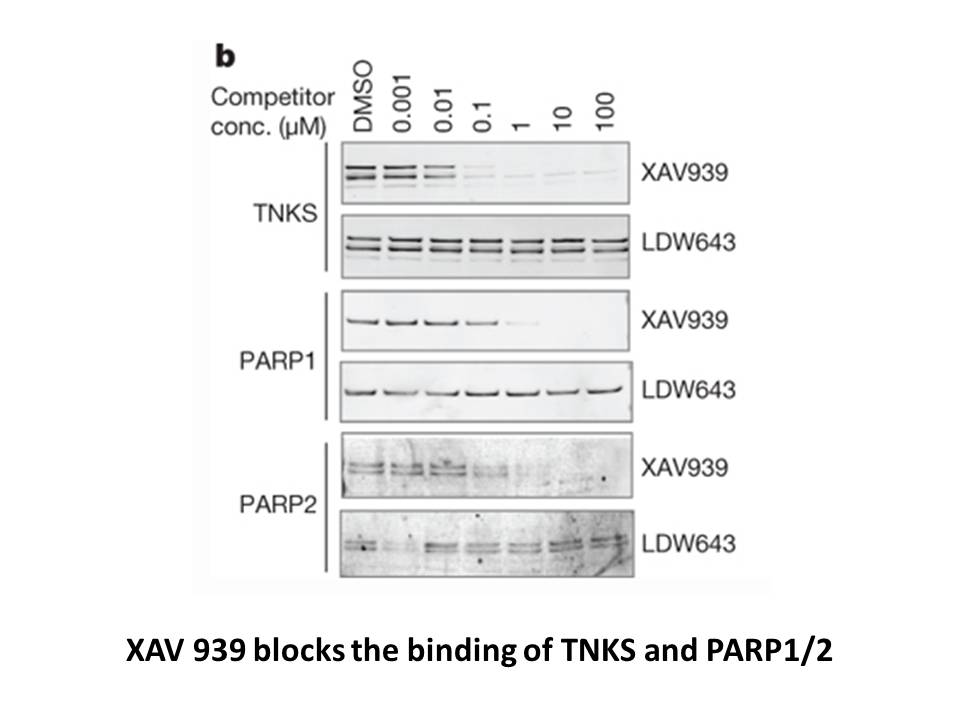
In addition, understanding the relationship between human metabolic processes and dietary antioxidant intake would provide opportunities for altering the diet to improve health (Prior, 2015). Prior et al. (2007) emphasized that excess reactive oxygen species, which occurred during the metabolism of
-
In summary present evidence suggests that
2023-08-25
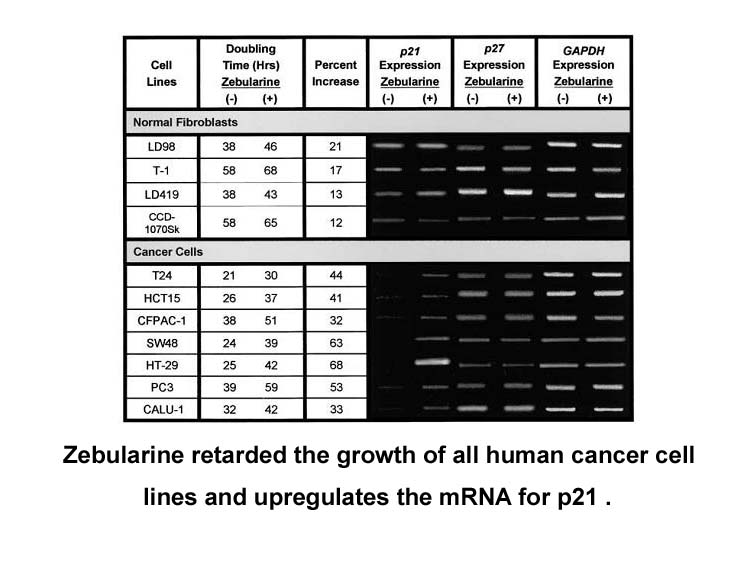
In summary, present evidence suggests that antimicrobial therapy for intra-abdominal sepsis can be shortened in patients exhibiting a clinical response to treatment. Hence, clinicians should use the resolution of clinical signs of infection as a guide to determine when during the 4–7-day window anti
-
Therefore in the present study we first
2023-08-25
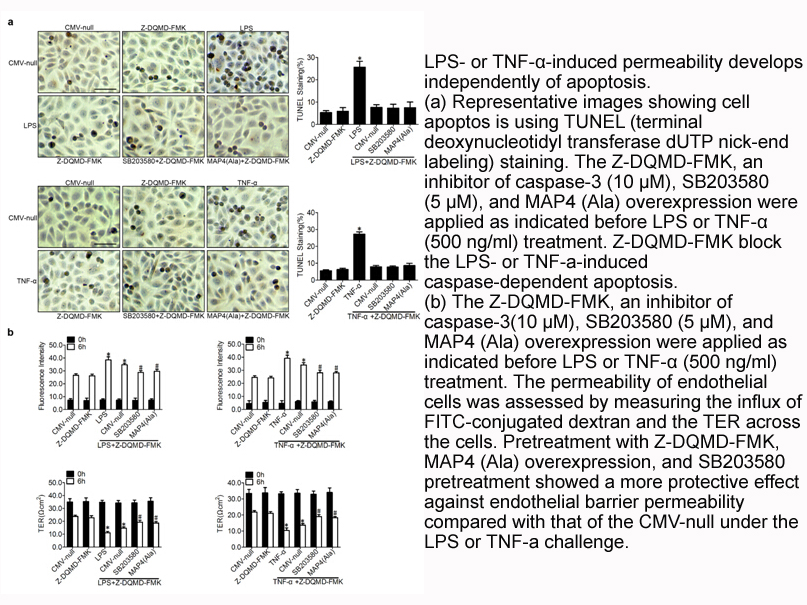
Therefore, in the present study, we first examined the ATRAP Spironolactone in human leukocytes of healthy subjects. We next analyzed possible relevant clinical factors affecting ATRAP expression in leukocytes of patients with NCDs. Furthermore, we examined the possible effect of ATRAP downregulati
-
br Concluding Remarks and Future Perspectives The collective
2023-08-25
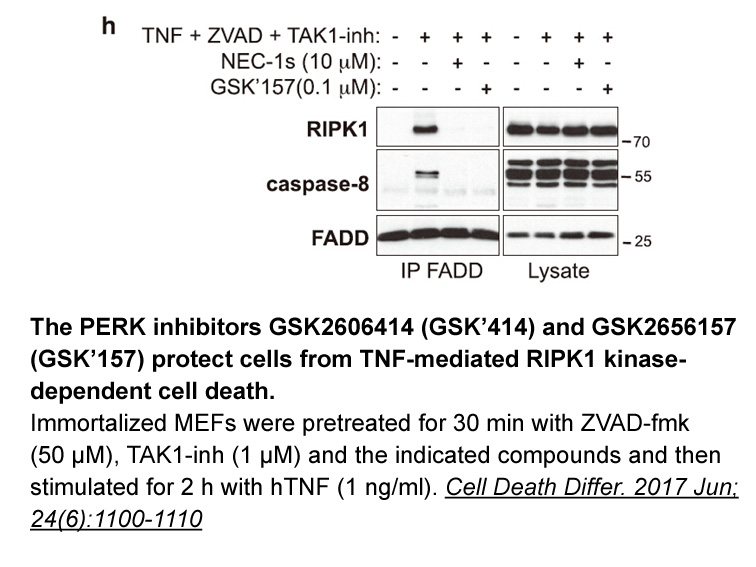
Concluding Remarks and Future Perspectives The collective evidence from studies detailing the functions of AMPK in the neuromuscular system, combined with those in DMD, SMA, and DM1 surveyed in the present review, strongly suggests that AMPK is a central mediator of neuromuscular determination, m
-
According to their structures and substrate specificity MMPs
2023-08-25
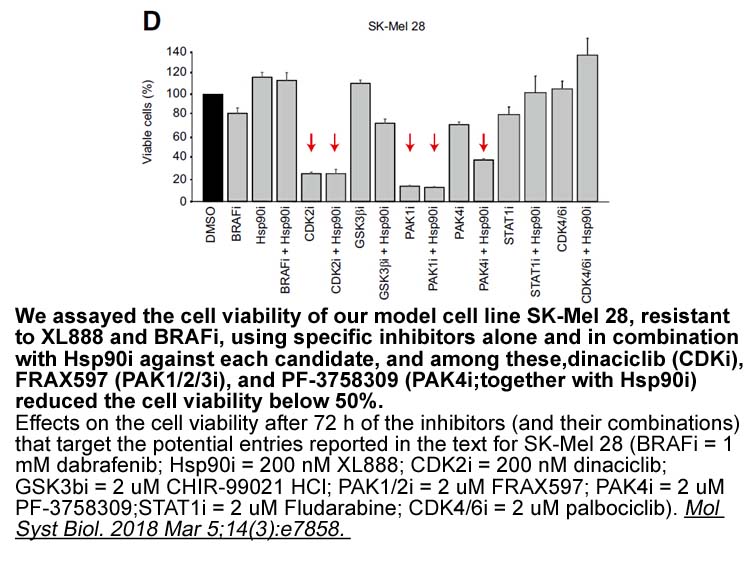
According to their structures and substrate specificity, MMPs are divided into five major groups: collagenases (e.g., MMP1), gelatinases (e.g., MMP2, MMP9), stromelysins (e.g., MMP3, MMP10), matrilysins (e.g., MMP7), and membrane-type MMPs [7]. Among them, MMP1 is a major collagenase that degrades t
-
An alternative approach to the administration of ADO agonist
2023-08-24

An alternative approach to the administration of ADO agonists is to amplify the actions of endogenous ADO by inhibiting the ADO-metabolizing enzyme, ADO kinase (AK). Inhibition of AK has the net effect of potentiating the local concentration and the effects of ADO in the extracellular compartment. T
-
br Acknowledgement br Introduction There has
2023-08-24
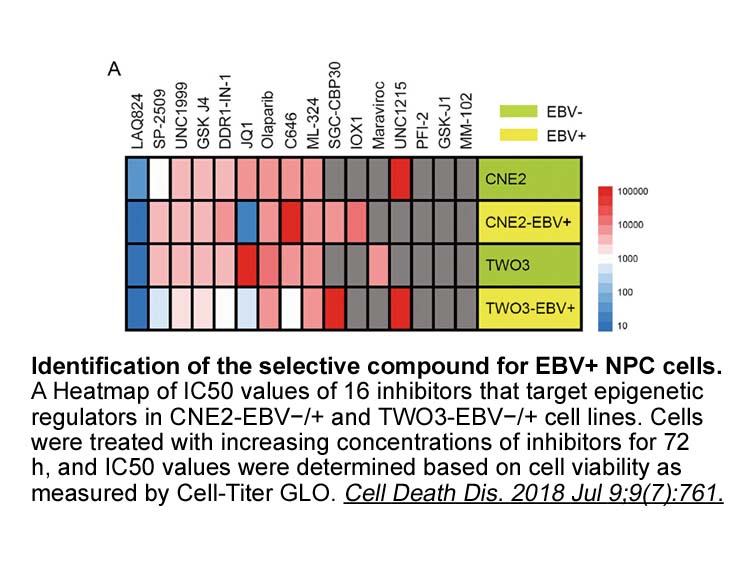
Acknowledgement Introduction There has been great progress in the treatment of autoimmune disease during the past several decades. However, the majority of autoimmune diseases have no known cure. B lymphocytes and autoantibodies play important roles in many autoimmune diseases, including rheum
-
br Materials and methods br Results Bilateral microinjection
2023-08-24
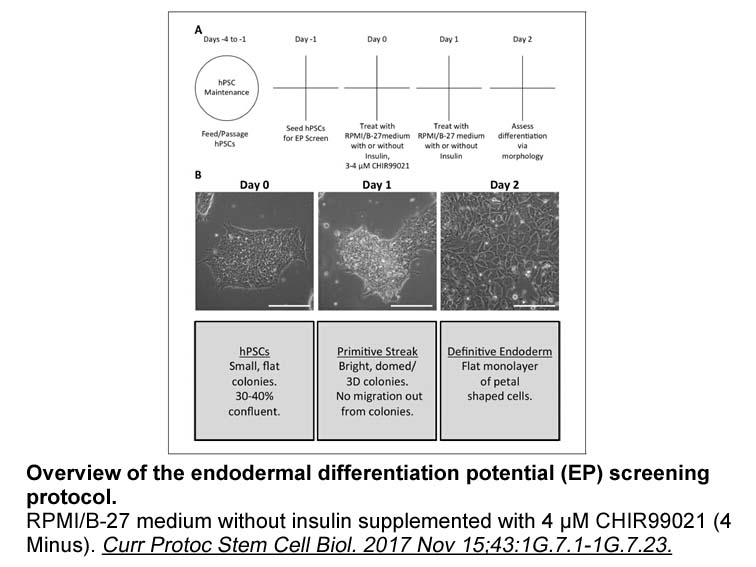
Materials and methods Results Bilateral microinjections (n = 6) of 10 mM ACh (300–500 pmol) and 5 mM physostigmine (150–250 pmol) at the two selected caudal NTS sites caused within 1 min significant increases in respiratory frequency (from 54.5 ± 1.7 to 70.9 ± 4.1 breaths/min; +30.8 ± 7.0%; P
-
The ATX LPA signaling axis has been
2023-08-24
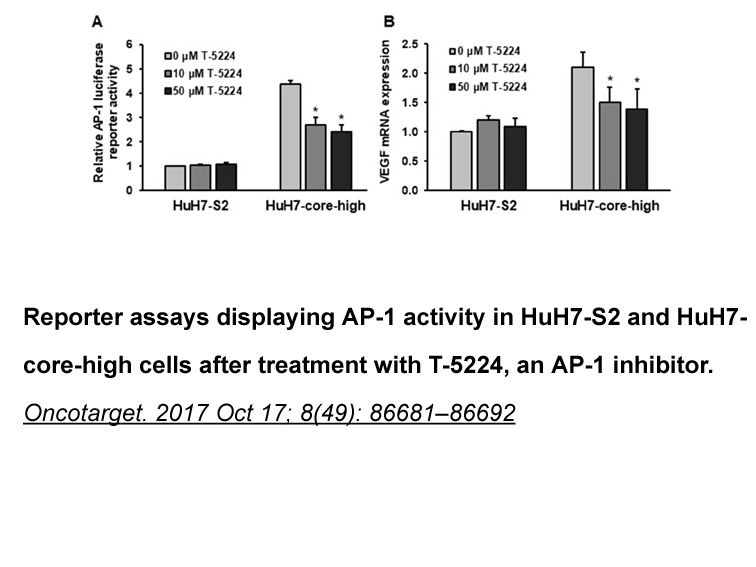
The ATX–LPA signaling “axis” [5] has been implicated in a perplexing variety of physiological and pathophysiological processes, including vascular and neural development [5], [26], [27], [28], [29], tumor progression and metastasis [30], [31], lymphocyte trafficking [22], bone development [32], neur
-
br Conflict of interest br Introduction Ovarian
2023-08-24
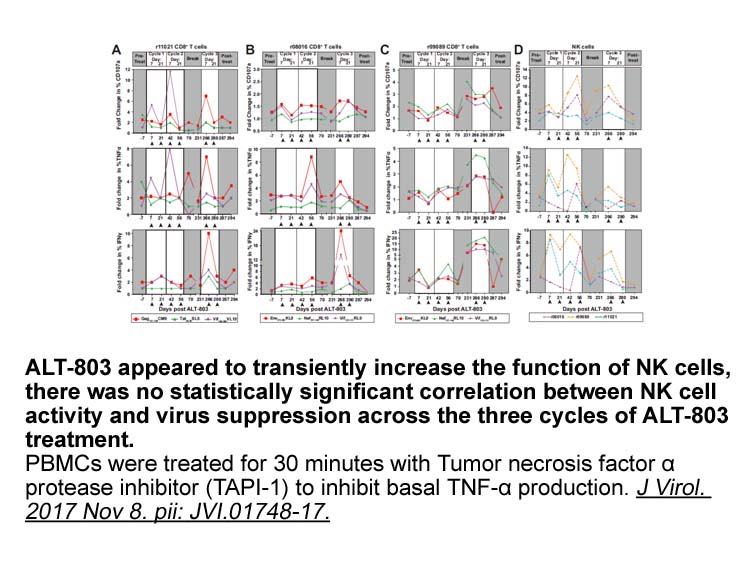
Conflict of interest Introduction Ovarian cancer is the most lethal gynecological malignancy, and ranks as the fifth leading cause of cancer death among women. The American Cancer Society estimates that about 22,280 new ovarian cancer cases and 14,240 deaths will occur in the United States in
-
ion channel The most likely explanation for
2023-08-24
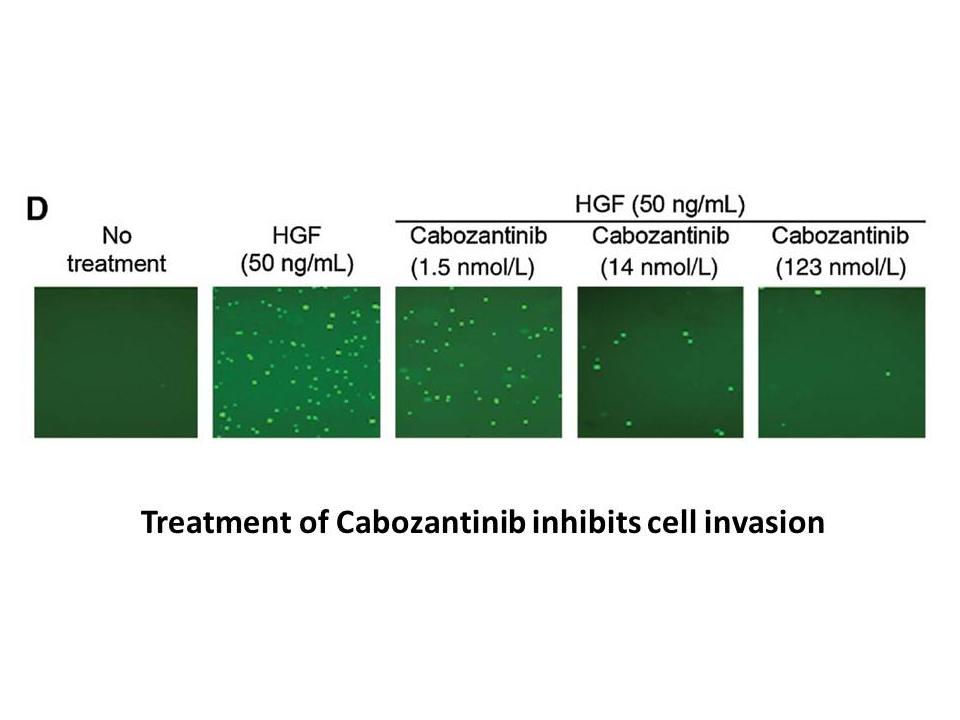
The most likely explanation for the species differences in aromatase distribution and the unique ion channel distribution in humans is the unique location, size and highly elaborate organization of the human aromatase gene (e.g. Bulun et al., 2003). The human Cyp19 is a large gene located on chromo
-
Cucurbitacin I We found a protective effect of the
2023-08-24
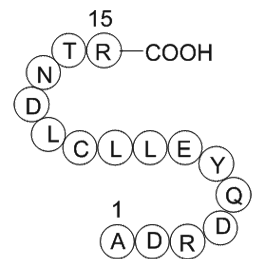
We found a protective effect of the GTCC haplotype against ED, which is reflected by its association with increased IIEF in patients with clinical ED. Further studies are required to determine the functional implications of these genetic markers combined in specific haplotypes blocks. Indeed, we fou
-
Wound healing without blastema formation causes partial
2023-08-24
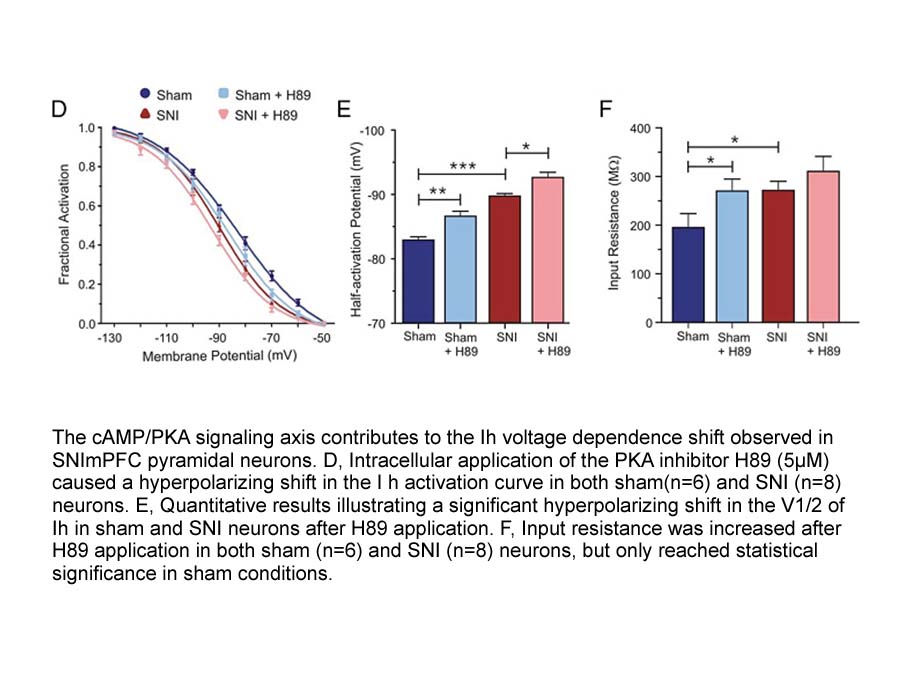
Wound healing without blastema formation causes partial restoration of lost tissue, and gives rise to fibrotic scars. Healing by fibrotic scarring rather than by regeneration leads to tissue dysfunction, and can place a huge burden for the health of the animal [4]. Therefore, understanding the molec
-
Immunohistochemistry in tissue samples showed the expression
2023-08-24
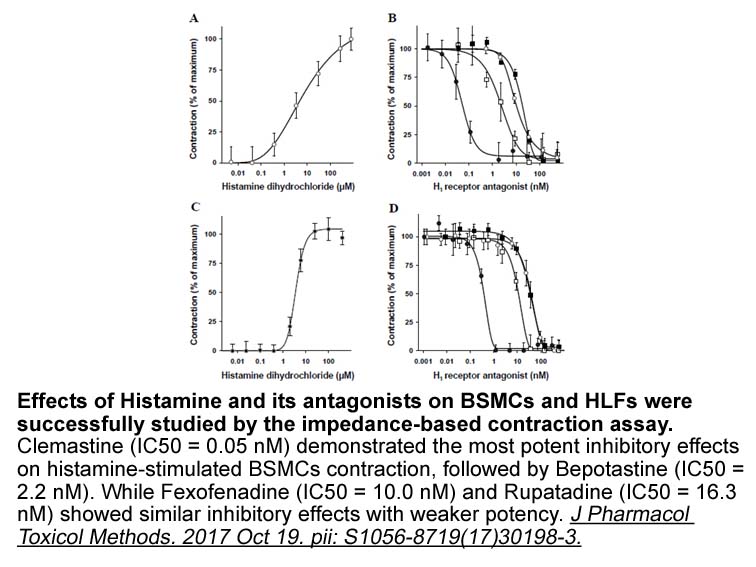
Immunohistochemistry in tissue samples showed the expression of several nuclear receptor co-activators, including NCOA1, NCOA2, NCOA3, CREBBP, and EP300, in 85–100% of Necrostatin 2 tumors even some of which lacked AR expression (Boorjian et al., 2009). Knockdown of each co-activator also resulted
-
br Conflicts of interest br Newly
2023-08-23
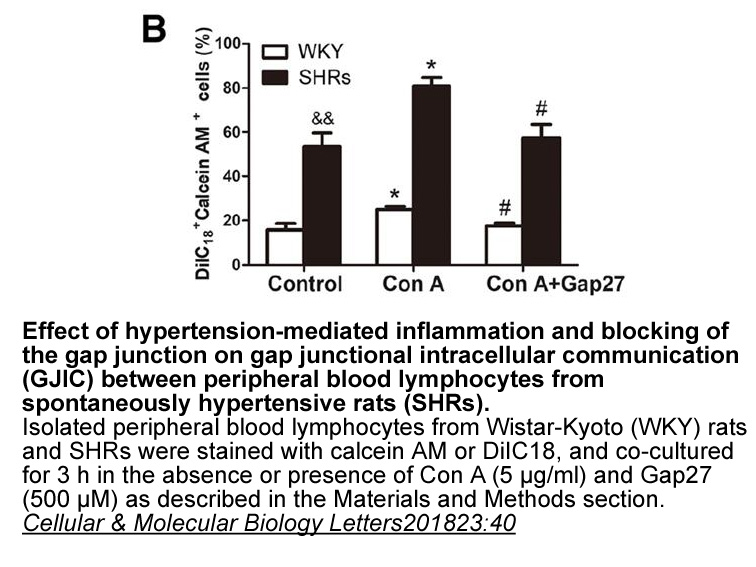
Conflicts of interest Newly Identified Mechanisms of APN Resistance Hold Therapeutic Potential APN, APN Receptors, and APN Cardiovascular Protection APN Resistance in Cardiovascular Disease The Molecular Mechanisms of APN Resistance Concluding Remarks and Future Directions Finally,
15355 records 302/1024 page Previous Next First page 上5页 301302303304305 下5页 Last page